Roman Settlement Unearthed in Eastern England
Excavation ahead of road construction in the East Midlands has uncovered human remains, animal bones, roof tiles, an iron sickle, a copper spoon handle, brooches, stone walls, a pottery kiln, and other furnaces and ovens dated to the second or third centuries A.D., according to a Lincolnshire Live report.
Some 400 Roman coins were also recovered. One of the buildings unearthed at the site was built into a hillside. The remains of several adults, including at least eight new-born babies who died in the second or third centuries AD, were found at the site near Grantham.
Overall, thousands of long-forgotten artifacts have been unearthed as part of ongoing works on the Grantham Southern Relief Road.
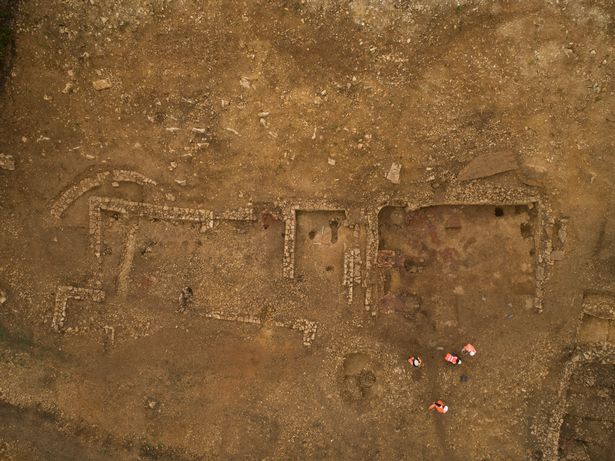
Catherine Edwards, project manager for AOC Archaeology – the firm contracted to research the site’s archaeology – said: “Although the finds are yet to be looked at by specialists, we believe the oldest activity dates back to the Romano-British period, somewhere between 100 and 410 AD.
“The first step of our investigation was to carefully strip the site’s topsoil. Once the material was moved off-site, we were able to move in and start our investigations.
“First, we used a range of heavy tools, like shovels, spades, picks and barrows, to expose features and artefacts.
“We then used lighter hand tools, like trowels and hand brushes, to excavate and clean what we’d uncovered.
“A full written record of each feature or layer is then produced, describing its function, form and relationships with other features.
“Each discovery is also photographed, and GPS equipment is used to locate each one accurately on a plan.
“This allows us to ‘recreate’ the site and tell its story.”
The three biggest finds
According to Phil Weston, senior archaeological consultant at WSP – the company advising Lincolnshire County Council on highway design and environmental compliance – the three most significant finds discovered as part of this investigation are:
Several exceptionally well-preserved Roman buildings – one building was terraced into the hillside and officials believe that a landslip caused it to collapse.
“The remarkable preservation of this building and several others will help the archaeologists in reconstructing the buildings and the lives of those that used them.”
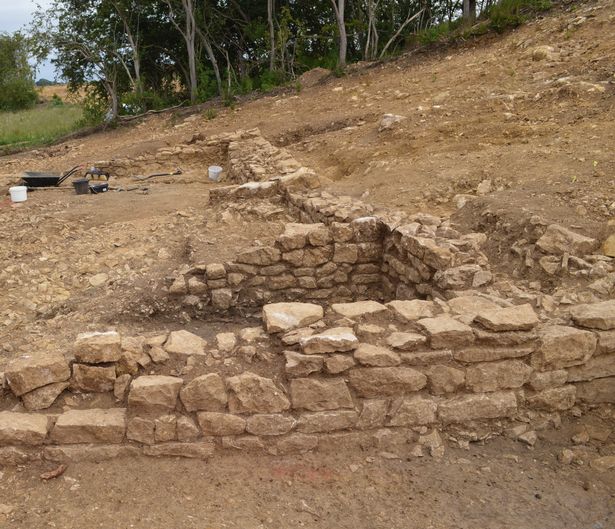
Burials – as well as a grave containing the remains of several adults, the remains of at least eight new-born babies who died in the second or third centuries AD were found buried under the floors and foundations of some of the buildings.
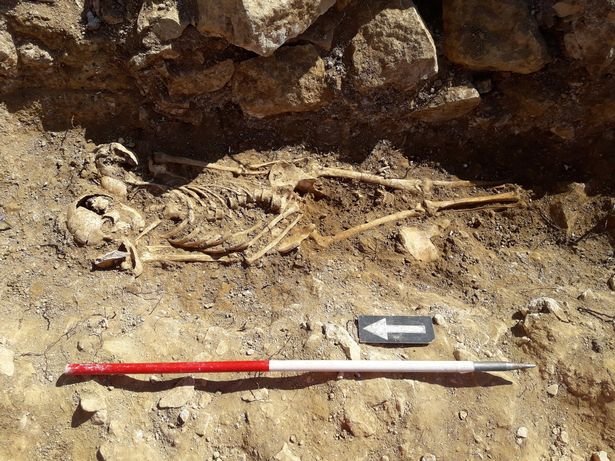
Phil said: “Such burials are not uncommon on Roman sites and they are referred to as foundation burials.
“No one knows for sure why, but one idea is that they were thought to bring luck to the structure and its occupants.”
Industrial features – a very well-preserved pottery kiln and several other furnace/oven bases were uncovered.
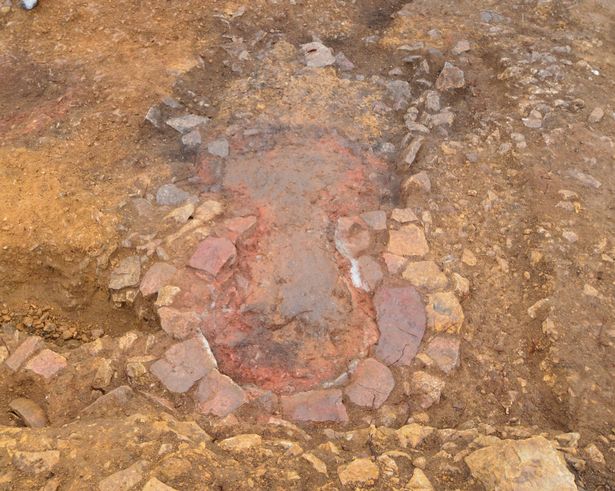
Phil said: “The pottery kiln we discovered indicates that the small settlement was producing its own pottery vessels.
“The function of the other furnaces and oven features is still unclear, but it’s possible they may have been used to bake bread or for metalworking.”
Cllr Richard Davies, executive member for highways, said: “When building a new road, it’s not just about constructing bridges and laying Tarmac.
“First and foremost, it’s really important to understand and protect the area’s heritage so future generations learn from and understand its rich history.
“For example, these investigations where Grantham’s new relief road will be built will greatly contribute to our understanding of the Roman settlement at Saltersford, just south of where Grantham is now – particularly what sort of activities were taking place here hundreds and thousands of years ago and how our Grantham fits into the country’s historical picture.
“It’s truly amazing when you stop and think about what’s underneath the ground below your feet.”
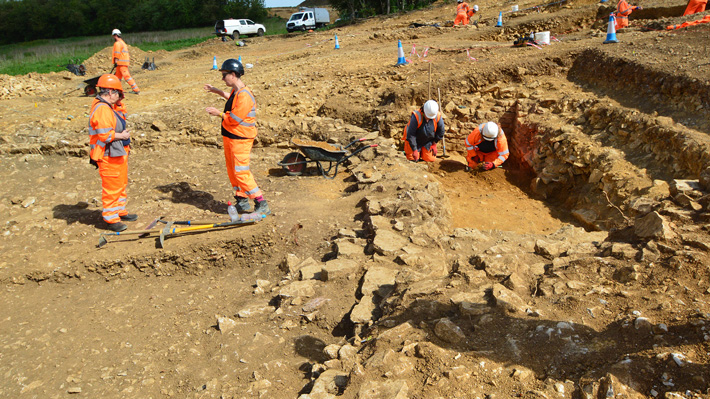
The Grantham Southern Relief Road project is being led by Lincolnshire County Council and supported by South Kesteven District Council, Greater Lincolnshire LEP, Highways England, Department for Transport, Network Rail, Homes England, and local businesses.





